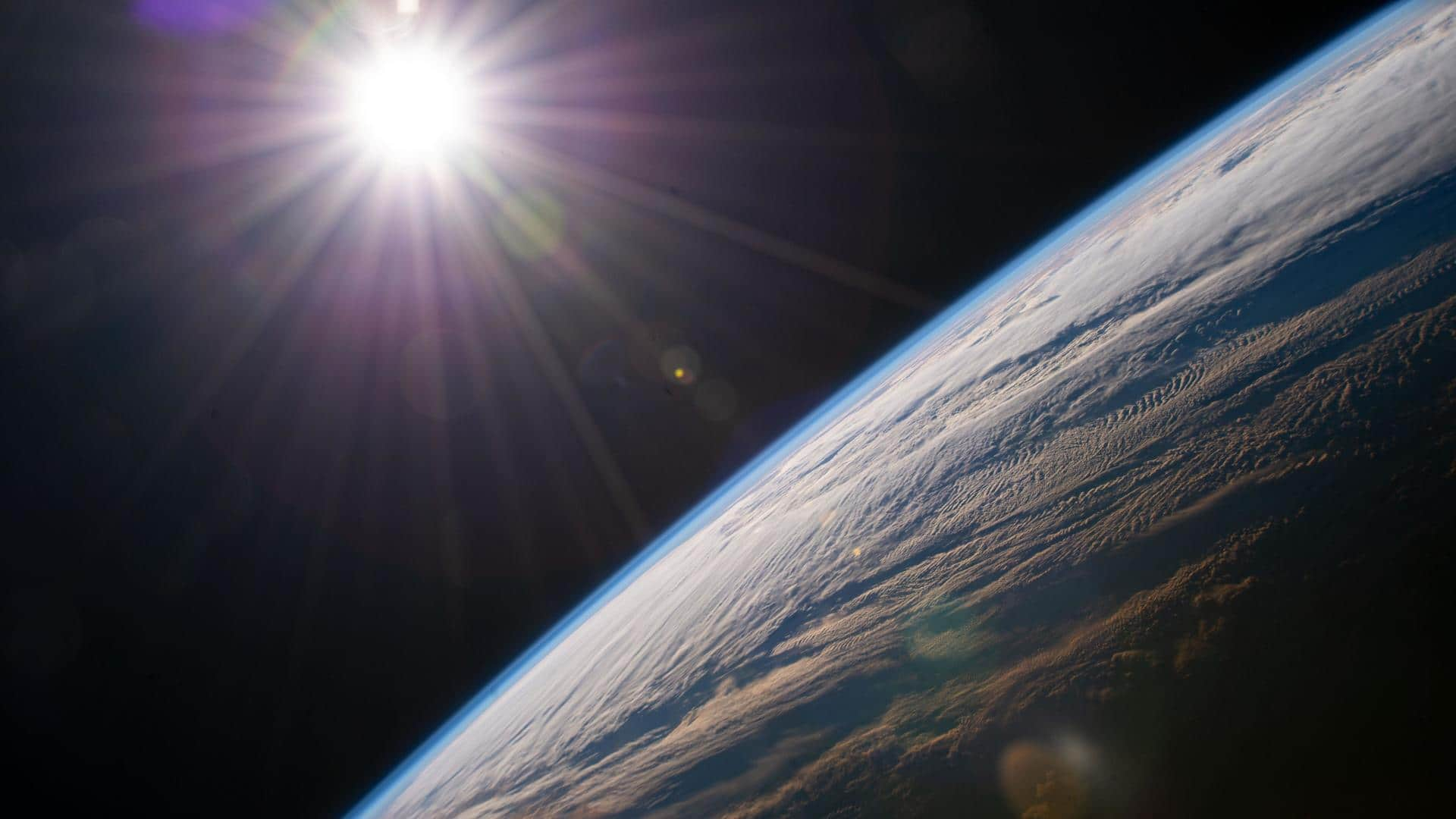
The science behind summer solstice, the longest day of year
What's the story
This year, the summer solstice falls on June 21 for the northern hemisphere. Regions lying north of the equator experience the most hours of daylight, as the Sun traces the longest and highest path in the sky. This makes the longest day of the year for the northern hemisphere. Let us take a closer look at the science behind this occurrence.
Seasons
Why do solstices occur?
Solstices occur when the Earth's axis directly points toward the Sun. This happens twice a year throughout Earth's orbit around the Sun. Close to June 21, Earth's north pole is tilted about 23.5 degrees toward our Sun, causing summer solstice in the northern hemisphere. Due to this tilt, regions lying north of the equator experience the longest day of the year.
Tropics
What happens in the northern hemisphere during summer solstice?
During the northern summer solstice, the Sun at noontime appears directly over the Tropic of Cancer, which lies 23.5 degrees north of the equator. It passes through Egypt, Saudi Arabia, the UAE, India, Bangladesh, Myanmar, China, Taiwan, and Mexico, among others. On the day of the solstice, there are more hours of sunlight the further north you travel in the northern hemisphere.
Date
Summer solstice falls on June 20 or 21 every year
Summer solstice in the northern hemisphere occurs on June 20 or June 21 every year. In the southern hemisphere, it falls on December 21 or December 22. At this time, the south pole is tilted 23.4 degrees toward the Sun. Earth completes an orbit in 365.25 days. As a result of the additional quarter, the solstice does not always occur on the same day.
Information
The summer solstice marks the beginning of "astronomical summer"
In the northern hemisphere, the summer solstice also marks the beginning of "astronomical summer." The season starts around June 20 or June 21 and lasts until the autumnal equinox which falls on September 22 or 23.
Reason
Why the summer solstice is not the warmest day
If the summer solstice is the longest day of the year for the northern hemisphere, due to the long hours of sunlight, why isn't it the warmest as well? The reason for this is seasonal lag. Water occupies about 70% of the Earth's surface and absorbs large amounts of heat. This makes it longer for the land to heat up.
Information
Several cultures across the world celebrate the summer solstice
The days following the summer solstice start getting shorter in the northern hemisphere. Several cultures across the world celebrate the occurrence of the summer solstice. In Sweden, it is known as the "Midsummer's Eve."